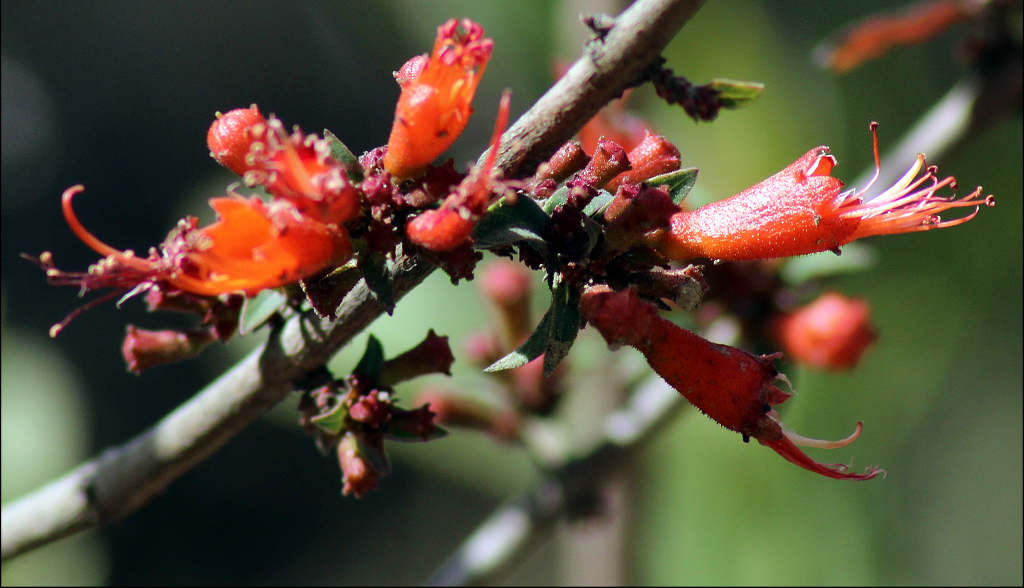
Woodfordia fruticosa (Dhaaya)
Woodfordia fruticosa, commonly known as Dhaaya, is a deciduous flowering shrub found widely across the subtropical and lower temperate zones of the Western Himalayas, including parts of the Great Himalayan National Park (GHNP). Highly regarded in Ayurveda and folk healing systems, this plant plays a vital role in local ecosystems and traditional medicine.
Habitat and Occurrence in GHNP
In GHNP, Woodfordia fruticosa grows primarily:
-
In open forests and scrublands
-
Along dry slopes and rocky ridges
-
At elevations between 1,000 to 2,000 meters
It is more prevalent near lower reaches of eco-zones such as Banjaar and Sainj valleys.
Botanical Characteristics
-
Belongs to the Lythraceae family
-
Grows up to 3 meters tall
-
Small red to crimson flowers in dense clusters
-
Simple, ovate leaves with a rough texture
-
Blooms between February and May
The plant is easily identified by its bright scarlet flowers that cover the bush during its peak flowering season.
| Local name | Hindi name: Dhaaya / Dhaay ke Phool |
| Botanical name | Woodfordia fruticosa |
| Family | Lythraceae |
| Description and uses | It is a large shrub and leaves of these plants turn bright red before falling. The best season for flowering and fruiting is May-June. It is found in lower altitudes of Tirthan Valley at an altitude of 1200-1800m. The bark is used as aromatic tonic, in fever, dyspepsia and cholera. Fruits, branches and thorns are used as a remedy for toothache. Locally the branches are used as toothbrush and considered useful in toothache and gum troubles. |
Ethnobotanical and Medicinal Uses
Woodfordia fruticosa is widely used in:
-
Traditional fermentation of Ayurvedic preparations (e.g., Arishtas)
-
Treating diarrhea, wounds, ulcers, and menstrual disorders
-
As an anti-inflammatory and antimicrobial agent
-
Making dyes and natural colorants
The flowers are the most medicinally valuable part and are harvested and dried for various uses.
Conservation and Cultural Significance
While not listed as threatened, Dhaaya is often overexploited for commercial herbal products. In GHNP, it remains protected under biodiversity conservation policies and contributes to community-based livelihood programs that emphasize sustainable harvesting.



